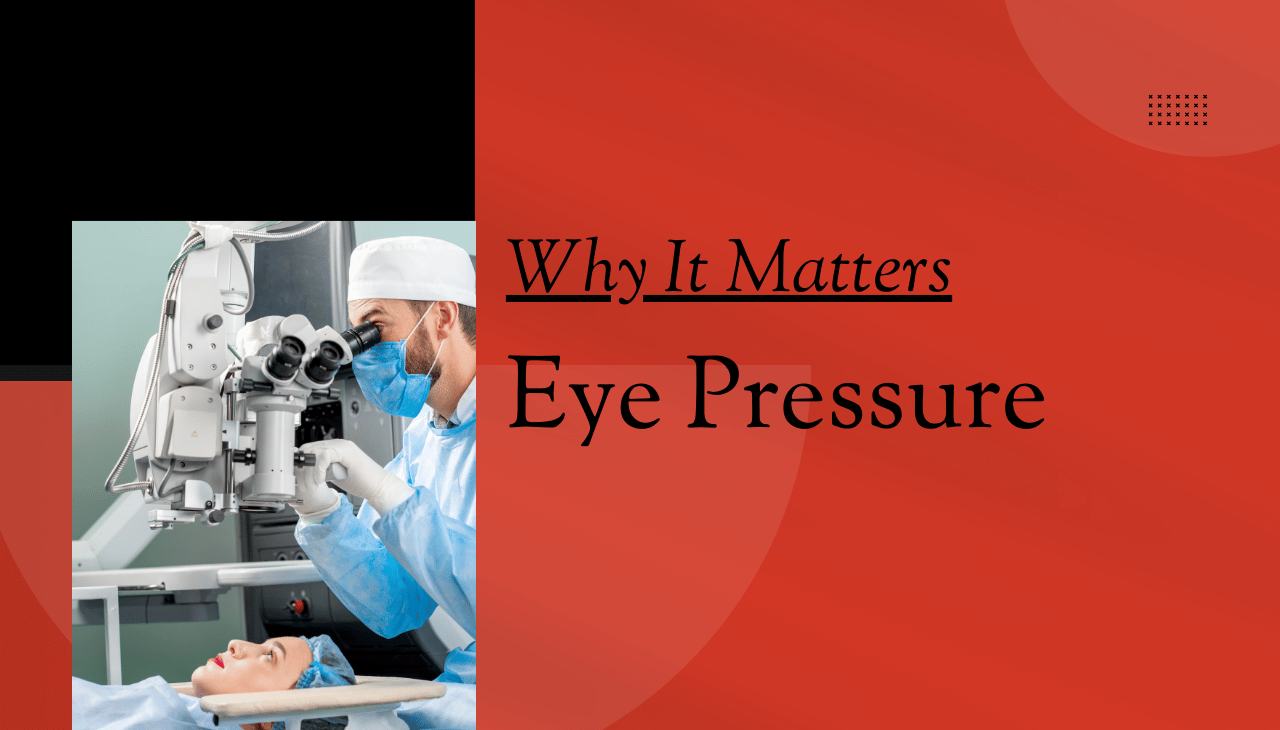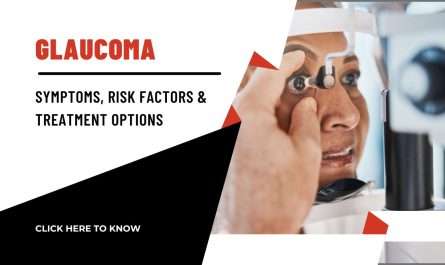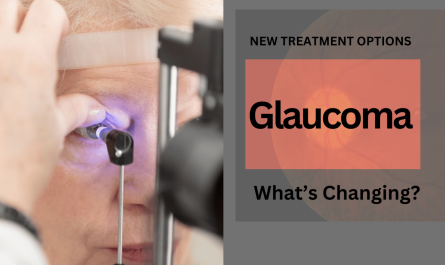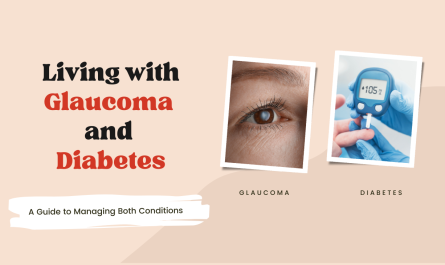Have you ever heard your eye doctor mention “eye pressure” or “intraocular pressure” during an eye exam? While it may sound like a technical term, understanding eye pressure is crucial for maintaining long-term vision health. Eye pressure plays a central role in diagnosing and managing conditions like glaucoma, which can lead to permanent vision loss if left unchecked.
In this blog, we will explain what eye pressure is, why it matters, what causes changes in pressure, the symptoms to look out for, and available treatment options. Whether you’re managing an eye condition or simply staying informed, this guide will help you better understand one of the most important aspects of eye health.
What Is Eye Pressure?
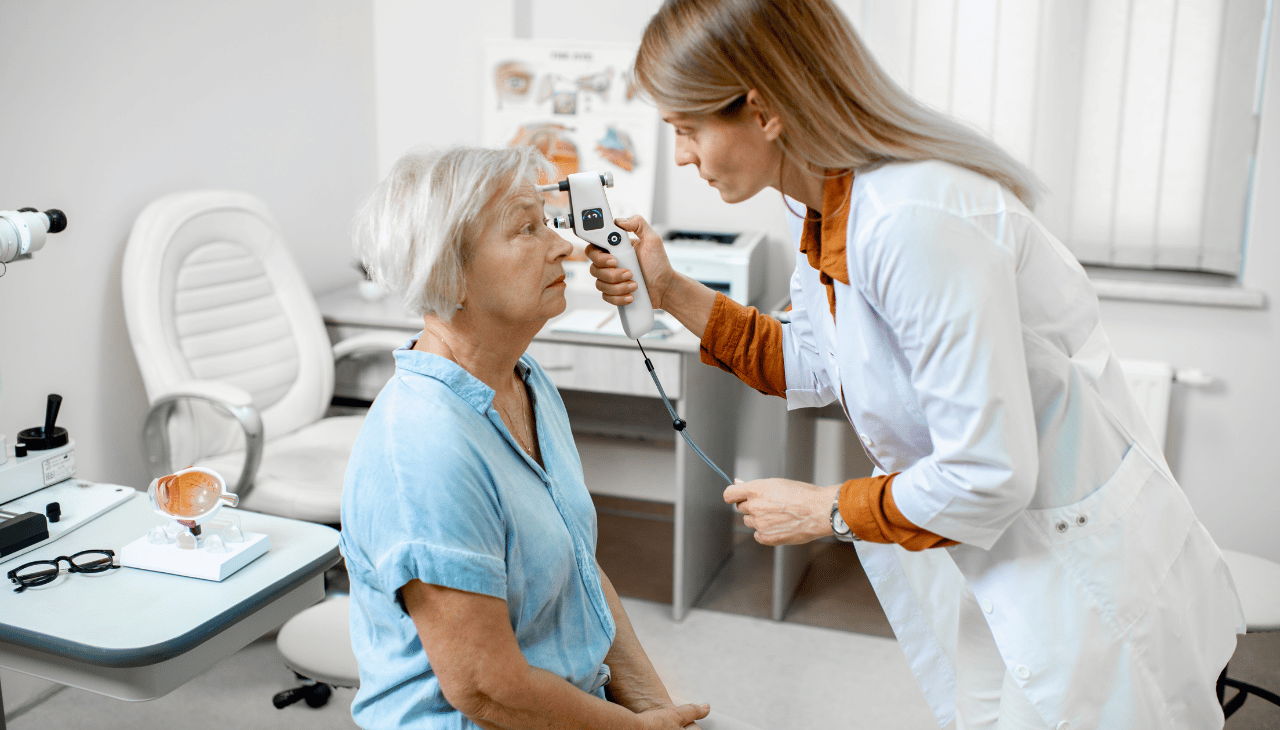
Eye pressure, medically referred to as intraocular pressure (IOP), is the fluid pressure inside your eyes. It is measured in millimeters of mercury (mmHg) and typically ranges between 10-21 mmHg in a healthy eye.
Your eyes naturally produce a fluid called aqueous humor, which nourishes the eye and helps maintain its shape. This fluid is produced in the ciliary body and drains out through a structure known as the trabecular meshwork. When the balance between fluid production and drainage is disrupted, eye pressure increases.
Maintaining a healthy IOP is essential because elevated pressure can damage the optic nerve, the part of the eyes responsible for sending visual signals to the brain. This damage can result in vision loss, often seen in conditions such as glaucoma.
Causes of High Eye Pressure (Ocular Hypertension):
- Glaucoma (especially open-angle glaucoma)
- Eye injuries or trauma
- Overuse of steroid medications (drops or systemic)
- Poor drainage of aqueous humor
- Genetic predisposition
- Age-related changes
Symptoms to Watch Out For:
Interestingly, high pressure often doesn’t show any symptoms in its early stages, earning glaucoma the nickname “the silent thief of sight.” However, some warning signs may include:
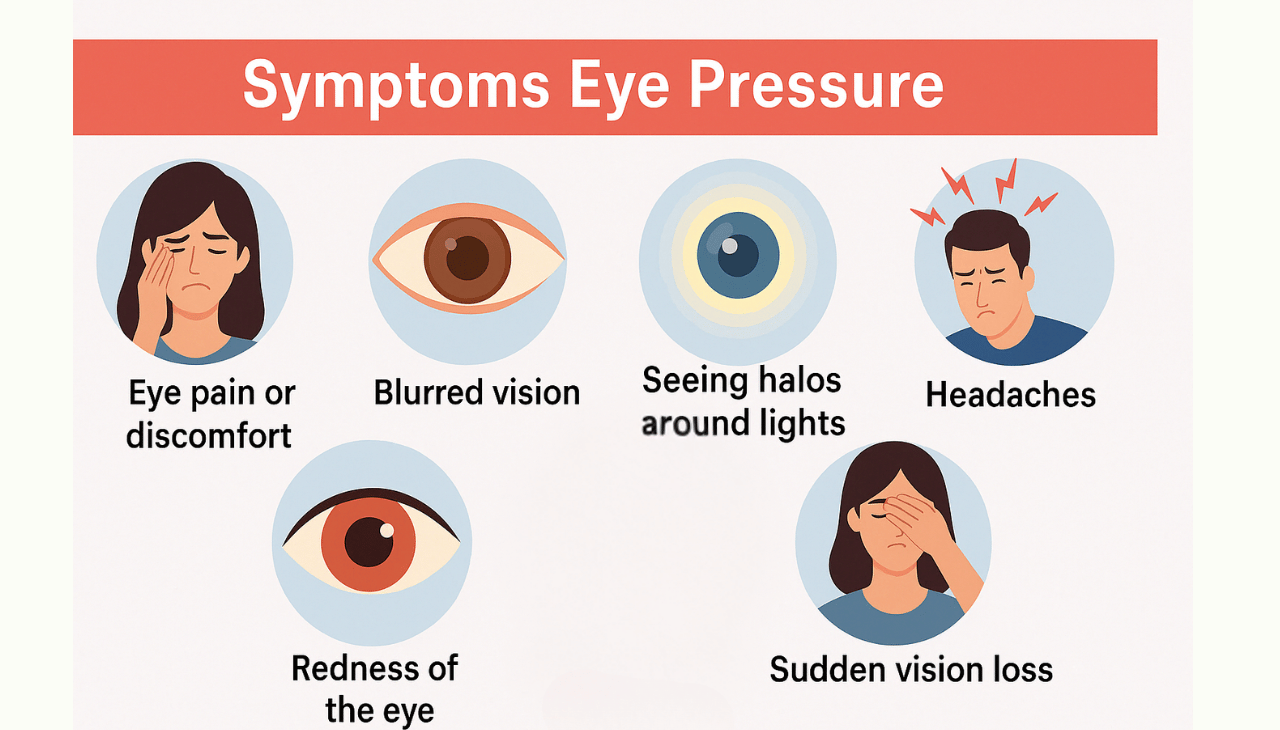
- Eye pain or discomfort
- Blurred vision
- Seeing halos around lights
- Headaches
- Redness of the eye
- Sudden vision loss (in cases like acute angle-closure glaucoma)
If you experience any of these symptoms, it’s essential to consult an eye specialist immediately.
Diagnosis & Testing
To check for elevated pressure, your ophthalmologist will perform a test called tonometry. The most commonly used methods are:
- Non-contact tonometry (puff of air test)
- Applanation tonometry (Goldmann tonometer)
Additional tests may include:
- Visual field test – checks peripheral vision
- Optic nerve imaging – assesses optic nerve damage
- Gonioscopy – examines the angle of drainage in the eye
Early detection is key to preventing vision loss due to high eye pressure or glaucoma.
Treatment Options & Best Practices
Managing high eye pressure usually focuses on improving the outflow of aqueous humor or reducing its production.

Common Treatments:
- Prescription Eye Drops:
- Prostaglandin analogs (e.g., latanoprost)
- Beta-blockers (e.g., timolol)
- Alpha agonists, carbonic anhydrase inhibitors
- Prostaglandin analogs (e.g., latanoprost)
- Oral Medications:
- Typically used when eye drops are insufficient
- Typically used when eye drops are insufficient
- Laser Treatment:
- Laser trabeculoplasty helps open drainage pathways
- Laser trabeculoplasty helps open drainage pathways
- Surgery:
- Trabeculectomy or minimally invasive glaucoma surgery (MIGS) may be required in severe cases
- Trabeculectomy or minimally invasive glaucoma surgery (MIGS) may be required in severe cases
Self-Care & Lifestyle Tips:
- Avoid rubbing your eyes
- Manage stress and blood pressure
- Avoid excessive caffeine intake
- Get regular comprehensive eye exams
Risk Factors and Prevention
Some people are more likely to develop high eye pressure or glaucoma. Risk factors include:
- Age over 40
- Family history of glaucoma
- African, Asian, or Hispanic descent
- History of eye trauma
- Chronic conditions like diabetes or hypertension
Prevention Tip: Even if you don’t have symptoms, regular eye checkups—especially after the age of 40—can help detect changes in eye pressure early.
Role of Eye Pressure in Glaucoma
Glaucoma is a group of eye diseases that can lead to optic nerve damage and vision loss. The most common form, open-angle glaucoma, is directly related to increased it. In contrast, normal-tension glaucoma occurs even when pressure is within the normal range, indicating that regular pressure checks alone aren’t enough—optic nerve health also needs monitoring.
Glaucoma is chronic but manageable if detected early. Regular follow-ups and sticking to the prescribed treatment plan are critical to maintaining vision.
Consult the Experts at Laxmi Eye Institute
Laxmi Eye Institute is one of the largest and most trusted chains of eye hospitals in Mumbai, offering excellence in eye care for over 30 years. With state-of-the-art diagnostic facilities and a team of highly experienced ophthalmologists, we specialize in:
- Specs Removal / LASIK (Bladeless LASIK, ICL, IPCL, Contoura Vision)
- Cataract
- Glaucoma
- Diabetic Eye
- Cornea Clinic (Corneal Disease, Keratoconus, Eye Donation)
- Retina Treatment
- Pediatric Ophthalmology
Locations for Consultation:
📍 Laxmi Eye Clinic (Dombivli)
1st Floor, SS Business Park, Gharda Circle, Dombivli East, Mumbai – 421201
📍 Laxmi Eye Clinic (Kharghar)
Plot 31, Sector 04, Kharghar, Navi Mumbai – 410210
📍 Laxmi Eye Hospital & Institute (Panvel)
Mulla Hamid Rd, Old Panvel, Navi Mumbai – 410206
📍 Laxmi Eye Institute (Kamothe)
Pratik Gardens, Sector 34, Kamothe, Navi Mumbai – 410209
📞 Book Your Appointment Today!
Visit us at www.laxmieyeinstitute.com or call your nearest clinic for appointments.
FAQs
1. What is considered a normal eye pressure?
A normal eye pressure typically ranges between 10 to 21 mmHg.
2. Can high eye pressure go away on its own?
Not usually. It requires medical attention and may need long-term monitoring or treatment.
3. Is high eye pressure the same as glaucoma?
No. High eye pressure can lead to glaucoma, but not all individuals with high pressure develop it.
4. Can I lower my eye pressure naturally?
While lifestyle changes may help, you should never skip prescribed medications or treatment.
5. How often should I get my eye pressure checked?
Adults over 40 or those at risk should have their eyes examined every 1-2 years.
6. Is laser surgery for glaucoma safe?
Yes, it’s generally safe and effective. Your doctor will guide you on the best option.
Conclusion
Understanding and managing this is a critical step toward preserving your vision. Since eye conditions like glaucoma often show no early symptoms, regular eye exams are your best defense. Early diagnosis and timely treatment can prevent serious damage to your vision.

